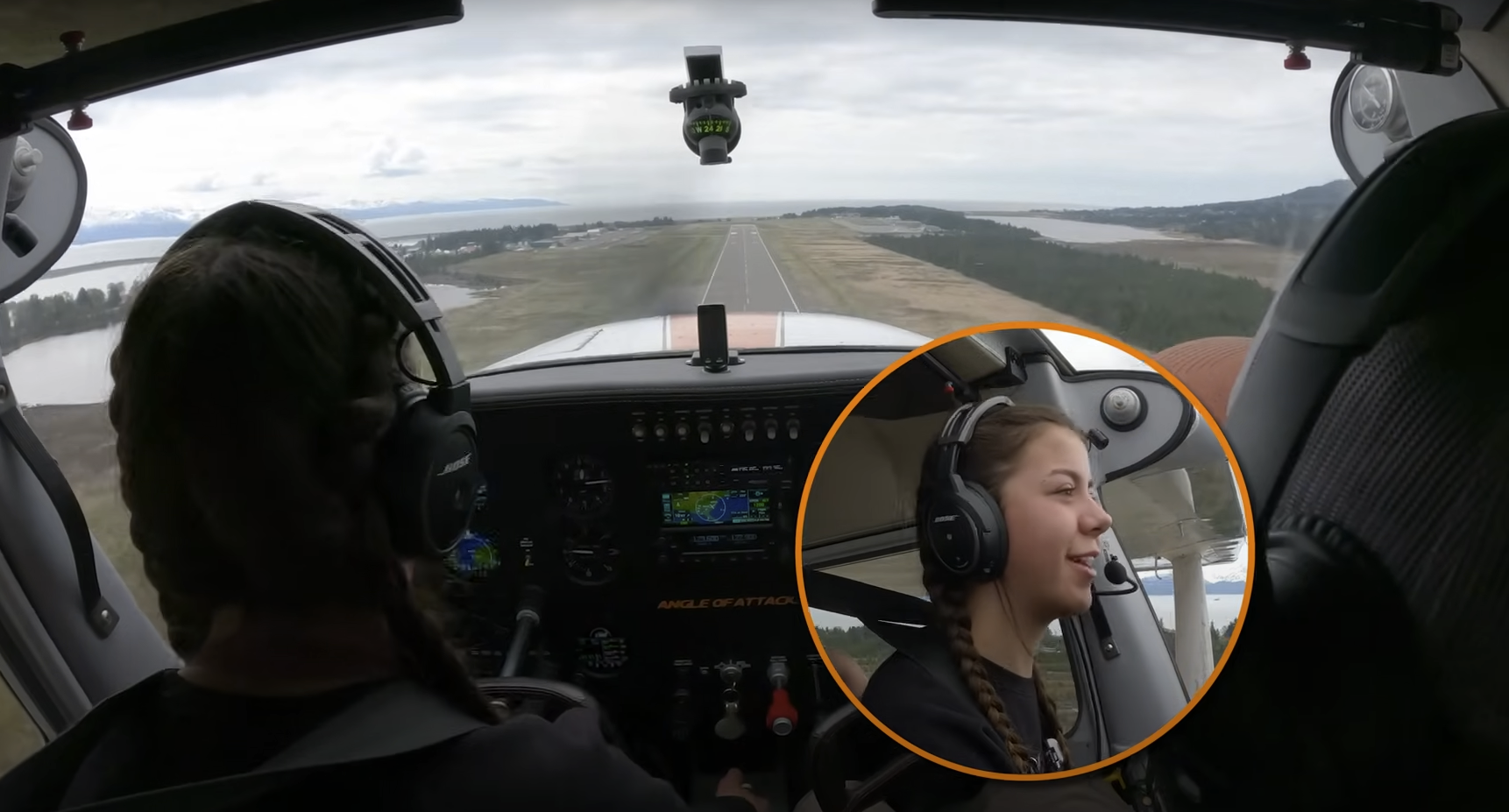Have you ever done a short field takeoff? I mean at an actual short field? Well this is your chance to live that experience.
Most pilots go through flight training and never get to experience a short field takeoff from an actual short runway.
Now, admittedly there are much shorter airports than this one in Seldovia, Alaska. But it remains challenging with the surrounding trees and terrain, especially in heavier winds. So, we’re going to keep things right on the money and make sure we fly right.
Another challenge with this airport is the fact that the short field takeoff technique usually calls for holding the brakes, applying full power, checking everything and THEN using the brakes.
However, since this is a gravel runway, we run the risk of picking up rocks into the prop (the propellor acts like a vacuum of sorts) and dinging the prop. Usually not a terrible thing, but it can cause expensive damage. Overtime it can wear down a propellor. In extreme cases it could crack the propellor.
Of course in this case we also have obstacles to deal with. Trees surround the airport. We’ll climb out at Vx, or best angle of climb. This is a slower climb speed, and higher angle of attack, that gives us the most climb over a given distance. Once clear of the trees, we can accelerate to Vy and clean up the airplane.
I generally don’t use this technique at airports like this because of the wind shear that can happen at tree level. I like to carry a bit of extra energy through the wind layer at the tree tops. This way if I have a reduction in performance, I can still be a climb speed and not mushing into a stall into the trees.
Enjoy the video and let me know if you have any questions.
Chief Flight Instructor and President of Angle of Attack. Founded in 2006.

Stay Connected
Be the very first to get notified when we publish new flying videos, free lessons, and special offers on our courses.






